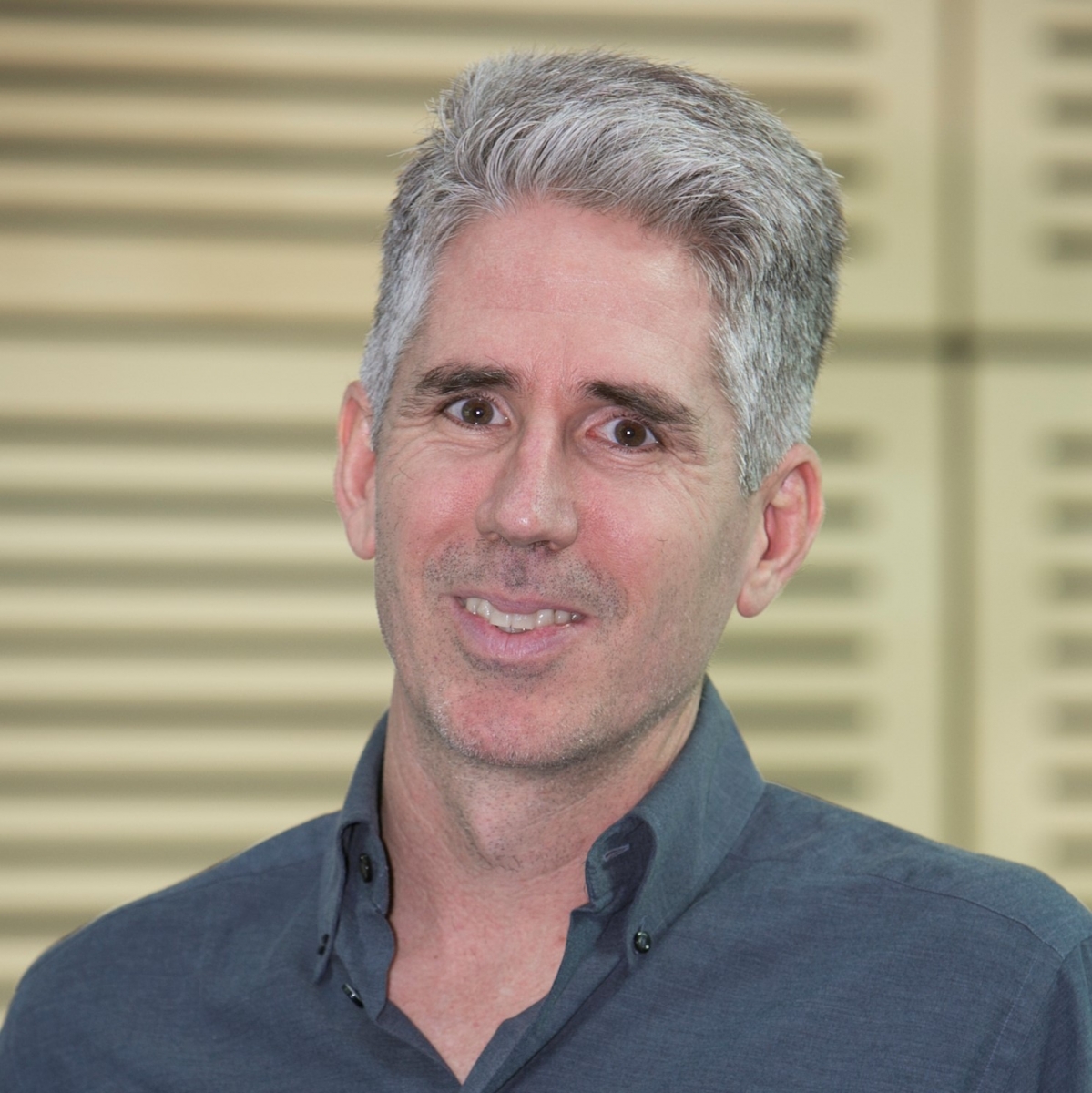
 Though Damon Runyon focuses on cancer, many of our brilliant scientists are working on basic and translational biomedical research that has the potential to impact patients in many other disease areas. Here is an excerpt from an opinion piece about the spread of COVID-19, published in the New York Times, by Damon Runyon Fellow Caroline Bartman, PhD [The Mark Foundation for Cancer Research Fellow], and Sponsor Joshua Rabinowitz, MD, PhD, from Princeton University.
Though Damon Runyon focuses on cancer, many of our brilliant scientists are working on basic and translational biomedical research that has the potential to impact patients in many other disease areas. Here is an excerpt from an opinion piece about the spread of COVID-19, published in the New York Times, by Damon Runyon Fellow Caroline Bartman, PhD [The Mark Foundation for Cancer Research Fellow], and Sponsor Joshua Rabinowitz, MD, PhD, from Princeton University.
The importance of viral dose is being overlooked in discussions of the coronavirus. As with any other poison, viruses are usually more dangerous in larger amounts. Small initial exposures tend to lead to mild or asymptomatic infections, while larger doses can be lethal.
From a policy perspective, we need to consider that not all exposures to the coronavirus may be the same. Stepping into an office building that once had someone with the coronavirus in it is not as dangerous as sitting next to that infected person for an hourlong train commute.
This may seem obvious, but many people are not making this distinction. We need to focus more on preventing high-dose infection.
Both small and large amounts of virus can replicate within our cells and cause severe disease in vulnerable individuals such as the immunocompromised. In healthy people, however, immune systems respond as soon as they sense a virus growing inside. Recovery depends on which wins the race: viral spread or immune activation.
Virus experts know that viral dose affects illness severity. In the lab, mice receiving a low dose of virus clear it and recover, while the same virus at a higher dose kills them. Dose sensitivity has been observed for every common acute viral infection that has been studied in lab animals, including coronaviruses.
Humans also exhibit sensitivity to viral dose. Volunteers have allowed themselves to be exposed to low or high doses of relatively benign viruses causing colds or diarrhea. Those receiving the low doses have rarely developed visible signs of infection, while high doses have typically led to infections and more severe symptoms.
It would be unethical to experimentally manipulate viral dose in humans for a pathogen as serious as the coronavirus, but there is evidence that dose also matters for the human coronavirus. During the 2003 SARS coronavirus outbreak in Hong Kong, for instance, one patient infected many others living in the same complex of apartment buildings, resulting in 19 dead. The spread of infection is thought to have been caused by airborne viral particles that were blown throughout the complex from the initial patient’s apartment unit. As a result of greater viral exposure, neighbors who lived in the same building were not only more frequently infected but also more likely to die. By contrast, more distant neighbors, even when infected, suffered less.
Low-dose infections can even engender immunity, protecting against high-dose exposures in the future. Before the invention of vaccines, doctors often intentionally infected healthy individuals with fluid from smallpox pustules. The resulting low-dose infections were unpleasant but generally survivable, and they prevented worse incidents of disease when those individuals were later exposed to smallpox in uncontrolled amounts.
Despite the evidence for the importance of viral dose, many of the epidemiological models being used to inform policy during this pandemic ignore it. This is a mistake.
People should take particular care against high-dose exposures, which are most likely to occur in close in-person interactions — such as coffee meetings, crowded bars and quiet time in a room with Grandma — and from touching our faces after getting substantial amounts of virus on our hands. In-person interactions are more dangerous in enclosed spaces and at short distances, with dose escalating with exposure time. For transient interactions that violate the rule of maintaining six feet between you and others, such as paying a cashier at the grocery store, keep them brief — aim for “within six feet, only six seconds.”
Read the complete opinion piece: New York Times







